Home » Archives for February 2014
Download
Popular Posts
-
Hey, we were in earthquake country, the land from which Carole King may have received inspiration to write, "I Feel the Earth Move...
-
Gibboni and the Gibbon: At Stereo Exchange’s annual Spring High-End Audio Show, Roger Gibboni (left) of Rogers High Fidelity debu...
-
The Enigmacoustics company from Irvine in California has become renowned for the self-energized, horn-loaded Sopranino electrostatic su...
-
A reader once noted that I tend to stick with the same reference gear longer than most reviewers. In addition to Audience's Au24e i...
-
Today, Sony announced an end to production on all MiniDisc players. In a few years, MiniDisc production will cease as well. I know w...
-
The name sounds perfect . It fits neatly next to those of Messrs. Leak, Sugden, Walker , Grant, Lumley, and others of Britain's...
-
Silicon Valley–based Velodyne was founded in 1983 to develop a range of subwoofers that used servo-control to reduce non-linear distorti...
-
I've heard a lot of great audio components over the years, but even in that steady stream of excellence, a few have stood out as so...
-
I've long kept an eye on Michael Creek's loudspeakers (Epos) and electronics (Creek). He's always moving forward, with eith...
-
Once upon a time, in audio's infancy, anyone who wanted better than average sound—average sound during the 1940s being rich, boomy a...
Market information
Blog Archive
-
▼
2014
(109)
-
▼
February
(13)
- Stirling Broadcast BBC LS3/6 loudspeaker
- Audeze LCD-X headphones
- A Unique KEF Event
- Unity Audio Signature 3
- Squeezing the Music...
- You Really Can Help Save the Stereo
- In Praise of a Classic: the BBC LS3/5A
- A Day in the Life (#gradolabs)
- Essential Audio Hosts Aurender & Bricasti Design
- Ken Shindo, 1939–2014
- 2014 Records To Die For
- Looking Forward: Carla Bozulich’s Boy
- Benchmark ADC1 USB A/D converter
-
▼
February
(13)
Stirling Broadcast BBC LS3/6 loudspeaker
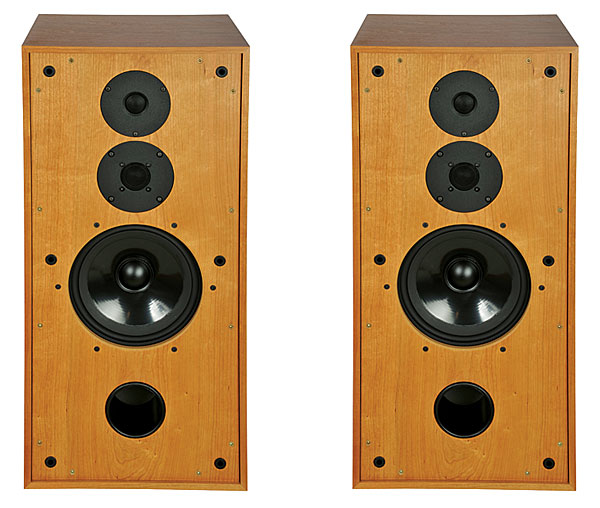
I know someone who bought, for his own kitchen, a stove intended for the restaurant trade, simply because it enhances his enjoyment of cooking. Another...
Audeze LCD-X headphones

I well remember my first "real" headphones: a pair of Koss Pro4AAs that I bought back in 1970. The Kosses were relatively expensive, but, like headphones...
A Unique KEF Event
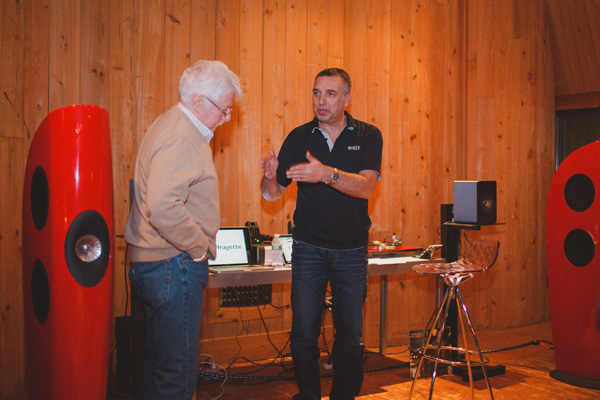
All photographs by Lily Szabo Photography and used with permission Thursday February 13 was a day most of us in New York would have preferred...
Unity Audio Signature 3

When I saw the Unity Audio Signature 3 speakers ($1895/pair) arrive in one box, I was happy. Not just because it meant there would be that much more...
Squeezing the Music...
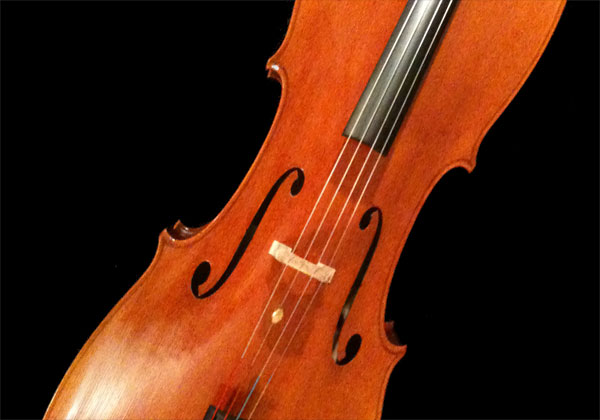
This essay first appeared in the May 2005 Stereophile eNewsletter. But as the opinions and comments are still relevant in 2014 and in some ways...
You Really Can Help Save the Stereo

Save the Stereo, a Web-based project dedicated to developing and promoting the best ideas for leading the next generation of music lovers to component-based...
In Praise of a Classic: the BBC LS3/5A

If there's one article in Stereophile that generated more reader response than any other, it was Peter Breuninger's review of the classic Fisher...
A Day in the Life (#gradolabs)
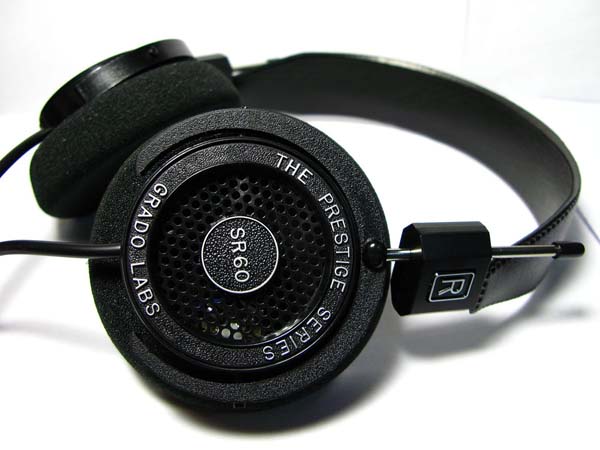
Instagram is the first app I check each day. What does that say about me? I certainly like pictures. I also enjoy keeping up with friends and family...
Essential Audio Hosts Aurender & Bricasti Design

Sunday, February 23, 12–5:30pm: Essential Audio (715 Braeside Place, Barrington, Illinois) will host an audio demonstration with Brian Zolner, president...
Ken Shindo, 1939–2014

Photograph: Jonathan Halpern Ken Shindo, the Japanese audio designer whose electronics, loudspeakers, and accessories have influenced...
2014 Records To Die For
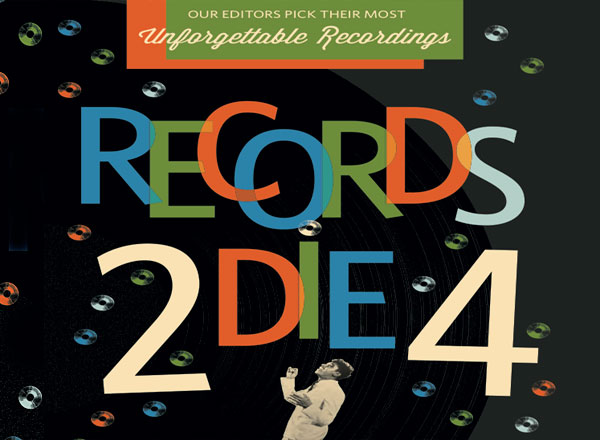
Much as we audiophiles love a good format war—nothing like a dustup over the tactility of vinyl vs the convenience of downloads—not to mention...
Looking Forward: Carla Bozulich’s Boy

Carla Bozulich’s new album, Boy, will be released by the great Constellation Records on March 4th. Though Bozulich may be best known for her work...
Benchmark ADC1 USB A/D converter

Erick Lichte's review of Benchmark's DAC2 HGC D/A converter in this issue gave me an ideal opportunity to spill some ink on the company's ADC1...


